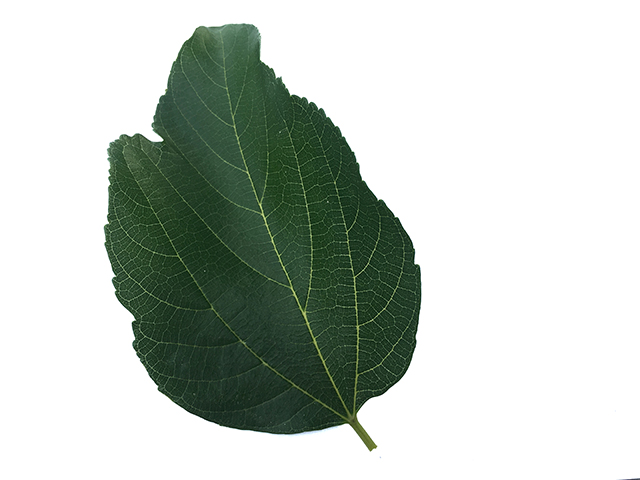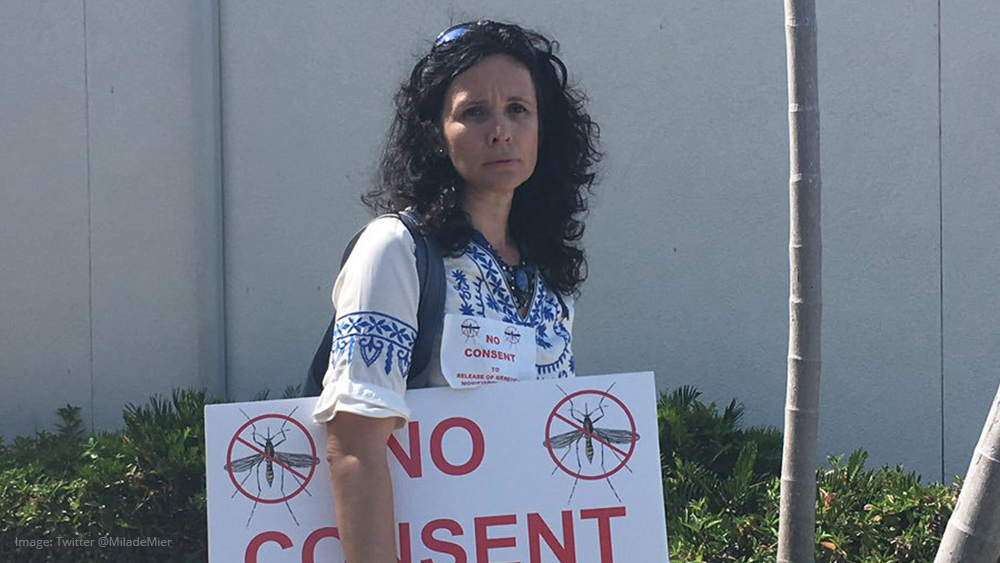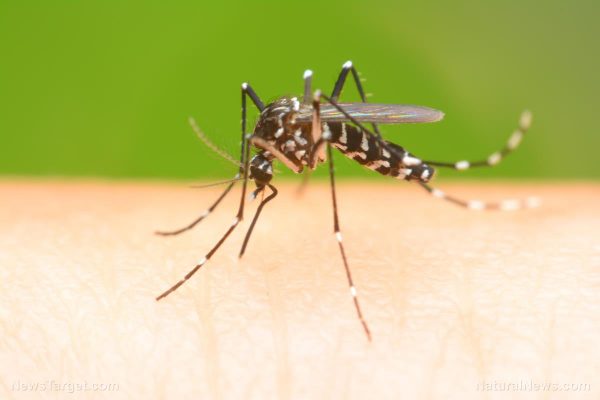06/04/2017 / By Bridgette Wilcox
With summer drawing ever closer, it’s time to start preparing for the sunny days ahead. And we’re not talking about just planning out your big summer beach trip. As the sun comes back with a vengeance this season, your skin is more vulnerable to damage than ever — which is why it’s important to up your skin care game even before summer starts. Including a quality sunscreen in your beauty regimen is key to making sure your skin is protected from the summer sun’s unforgiving rays. However, it is important to remember that not all sunscreens are equal — some are definitely better than others, while there are those that do more harm than good. You may instinctively reach for the sunblock with the highest SPF — but that doesn’t necessarily mean it’s the best. Keep these guidelines in mind when you look for your summer skin armor:
- Avoid sunscreens that boast of high SPF – In many ways, Sun Protection Factor (SPF) is simply a marketing tool used by sunscreen companies to justify higher prices on a product. But as an article on MindBodyGreen.com pointed out, many different factors can affect the SPF of a product. Citing a study, the article said that a simple change, such as a difference in the brightness of light, can reduce a product’s SPF from 100 to 37. Having a higher SPF can give you a false sense of security, and encourage you to spend more time under the sun, increasing the risk for skin cancer. A sunblock with a lower SPF (below 70) gives you more protection, because it compels you to reapply more often, ensuring that you stay protected throughout the day.
- Skip the sunscreens that have vitamin A – Many sunscreens on the market contain this ingredient, despite a study that suggests that a certain form of vitamin A can result in skin tumors and lesions when applied under the sun.
- While you’re at it, avoid Oxybenzone as well – If the name sounds dangerous, that’s probably because it is. This strong compound, which disrupts the hormones, can affect sperm production in men and put women at higher risk for endometriosis. At the same time, high concentrations of the compound have also been found to affect coral reefs. Staying away from products that contain this will not only promote your health, but the environment’s health too.
- Choose products with zinc and titanium oxide – These ingredients are found in mineral-only sunscreens, which are becoming increasingly common on the market today. They have been found to be effective in protecting the skin from harmful UVA and UVB rays, without the health risks associated with other types of sunscreen.
To help consumers improve the way they protect themselves from the summer sun, the Environmental Working Group (EWG) released a guide to the best and worst sunscreens on the market. Along with its recommendations of over 200 brands of sunscreen, the organization said that slathering on a sun protective lotion shouldn’t be the default, but the last resort. The group shared several ways on how you can avoid sun damage without having to put on sunscreen:
- Cover up. Clothing can reduce sun burn risk by 27 percent.
- Stay under the shade. Seeking shelter from a tree or tent can reduce the risk of burns by 30 percent.
- Wear sunglasses. This shields your eyes from harmful UV radiation.
- Go out when the sun is lower in the sky — in the early morning or late afternoon.
- Monitor your skin. Get out of the sun when you see redness and blisters.
- Stay on top of the UV index forecasts. Knowing when the UV rays are least dangerous can help you schedule your day to get the least harmful sun exposure.
What many people tend to forget is that UV rays, are a form of radiation, according to the World Health Organization (WHO). Long-term exposure to UV rays do not only lead to premature skin aging, but can also result in blindness from cataracts. It can also lead to malignant melanomas, which are an aggressive form of skin cancer.
Practicing the aforementioned sun safe habits, and applying the right sunscreen when needed can help you make the most of your summer by keeping your skin healthy and free from painful burns. More importantly, protecting your skin from the sun can keep more serious health conditions at bay.
Get more tips on healthy, non-toxic living on GreenLivingNews.com.
Sources include:
MindBodyGreen.com
EWG.org
WHO.int





















